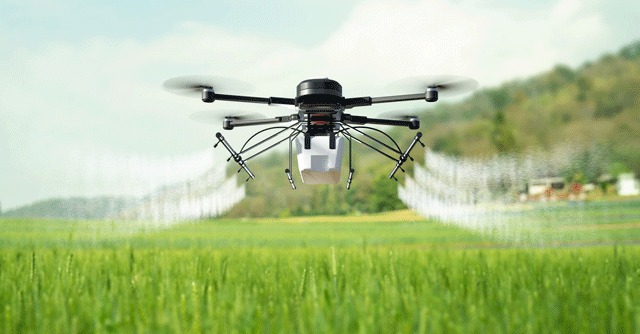In recent years, artificial intelligence (AI) has transformed nearly every industry it touches, and drones are no exception. Once simple remote-controlled flying machines, drones have evolved into intelligent aerial systems capable of making autonomous decisions, collecting complex data, and performing tasks that were once considered science fiction ai in livestock management. AI-powered drones are not just changing how we see the skies—they are redefining possibilities across sectors from agriculture and logistics to defense and disaster management.
What Are AI-Powered Drones?
AI-powered drones are unmanned aerial vehicles (UAVs) that integrate machine learning algorithms, computer vision, real-time data processing, and autonomous navigation to perform sophisticated operations. Unlike traditional drones that rely entirely on human pilots, AI-enabled drones can analyze their environment, recognize objects, and adapt to changing conditions without direct human intervention.
How AI Enhances Drone Capabilities
-
Autonomous Navigation
With AI, drones can fly pre-set or dynamic paths, avoid obstacles, and adjust to weather conditions using onboard sensors and real-time processing. -
Computer Vision
AI-driven vision systems enable drones to identify and classify objects such as vehicles, animals, people, and infrastructure. This is essential for surveillance, traffic monitoring, and environmental studies. -
Data Analytics
AI can process the massive amounts of data collected during flights—such as thermal imaging, video feeds, and LIDAR scans—to deliver actionable insights. -
Swarm Intelligence
AI allows multiple drones to operate in coordination as a swarm, useful in search-and-rescue missions, agricultural spraying, and military formations.
Applications Across Industries
-
Agriculture:
AI drones monitor crop health, detect pests, and optimize irrigation by analyzing soil and vegetation patterns. -
Logistics and Delivery:
Companies like Amazon and Zipline use AI drones for efficient, contactless delivery, especially in remote or high-demand areas. -
Public Safety and Emergency Response:
Drones equipped with AI assist in locating disaster survivors, assessing fire hazards, and delivering critical medical supplies. -
Infrastructure Inspection:
AI drones can inspect bridges, towers, and pipelines with precision, reducing the need for risky manual inspections. -
Military and Surveillance:
Intelligent drones enhance battlefield awareness, target recognition, and tactical planning.
Challenges and Ethical Considerations
Despite their potential, AI-powered drones raise concerns regarding privacy, airspace regulation, security, and ethical use. Ensuring drones do not infringe on personal freedoms or become tools for misuse is a growing concern. There is also the technical challenge of maintaining robust AI systems in unpredictable environments.
The Future of AI-Drone Integration
As both AI and drone hardware continue to improve, the synergy between them is expected to lead to smarter, more efficient, and safer drones. Future advancements may include:
-
Fully autonomous urban air mobility (flying taxis)
-
Real-time collaborative missions between drones and ground robots
-
Enhanced AI training through simulation environments
Conclusion
AI-powered drones are not just technological marvels; they are powerful tools reshaping our world from above. Their ability to combine aerial mobility with intelligent decision-making is opening up unprecedented opportunities across many sectors. As regulations catch up and technology matures, we are likely to see drones play an even bigger role in making the world smarter, safer, and more connected.
